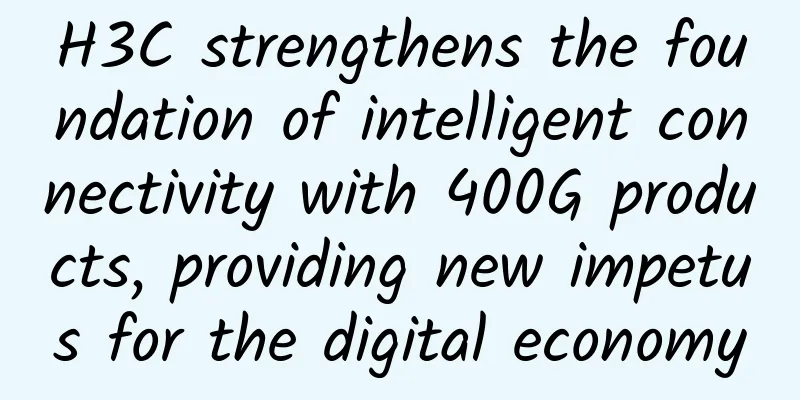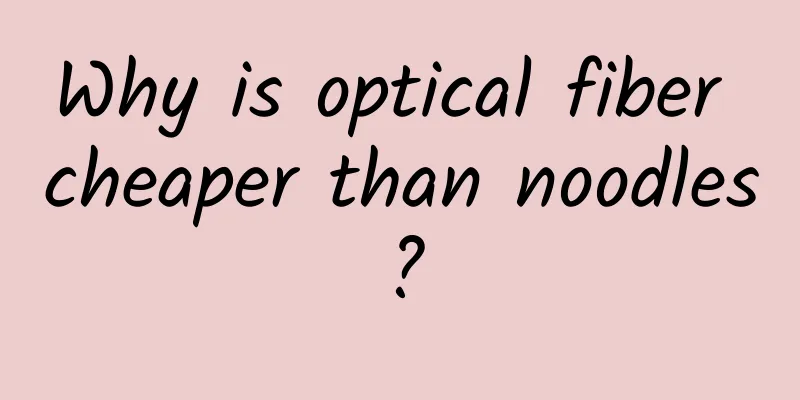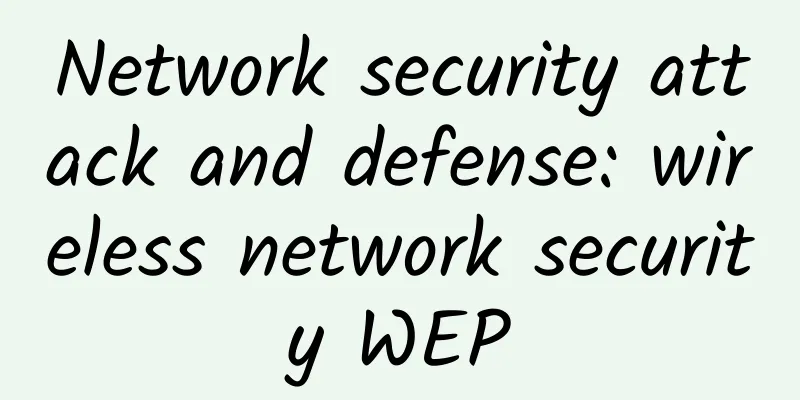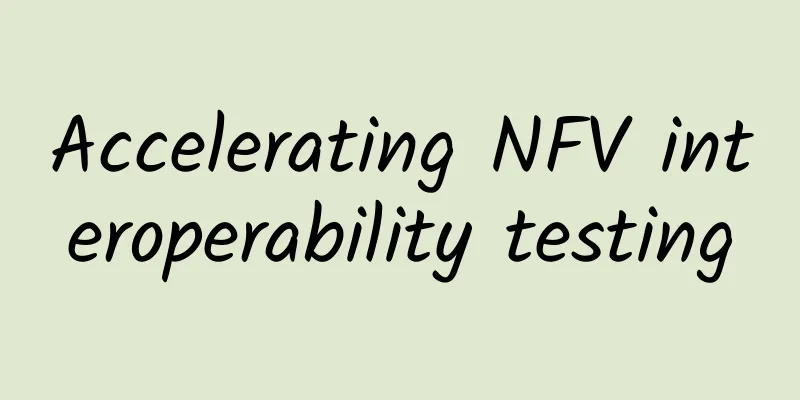Web3.0 Technology: Unlocking the Future of the Internet
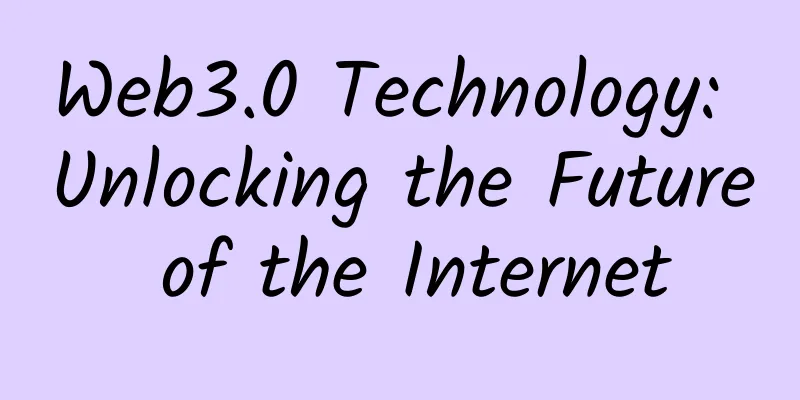
|
The Internet, the dynamic force that has reshaped our world over the past few decades, is once again on the brink of transformation. The emergence of Web 3.0, often referred to as the “Semantic Web,” promises to take the Internet to new heights by enabling machines to understand and interpret information for more advanced human-computer interactions. Unlike its predecessors, Web 3.0 goes beyond user-generated content and social networks to focus on collaboration, knowledge sharing, and personalized experiences. While the transformation is still ongoing, it is laying the foundation for a revolutionary shift in the digital landscape. Understanding Web3.0Web3.0 represents the next stage in the evolution of the Internet. It goes beyond the user-centric approach of Web2.0 and brings about a paradigm shift in the way we interact with information. It is important to note that the transition to Web3.0 is gradual and we are currently at a stage that can be called Web2.5. Not all websites or businesses have fully embraced the decentralized ethos of Web3.0. To understand the difference, let's look back at early iterations of the web. Web 1.0 focused on providing information to users, essentially building a digital library. Web 2.0 introduced the concept of user-generated content and knowledge management, which led to social media and collaborative platforms. In contrast, Web 3.0 is centered around decentralized control, enabling users to own their data and interactions on the internet. Web3.0 Key TechnologiesSeveral breakthrough technologies are underpinning the transition to Web 3.0, driving its potential to reshape the digital landscape.
Impact and Challenges of Web3.0The transition to Web 3.0 brings both far-reaching implications and urgent challenges. Influence
challengeData Privacy and Security: As data sharing and collaboration increase, protecting data privacy becomes critical.
Web3.0 marks the arrival of a transitional era driven by technologies such as blockchain, artificial intelligence, and the Internet of Things. As the Internet evolves into an intelligent, integrated system, addressing challenges and unlocking potential are critical to shaping the future of information, technology, and human interaction. As we stand on the cusp of this new digital frontier, embracing Web3.0 technologies promises to reshape our world once again, revolutionizing the way we connect, collaborate, and innovate. |
<<: IoT and 5G: Transforming Public Transportation Systems
>>: Traefik Enterprise Practice: TraefikService
Recommend
CMIVPS: $863.5/year-E5-2620*2, 32G memory, 480G SSD, 30M bandwidth, Hong Kong server promotion
CMIVPS yesterday launched a 50% discount on the a...
AllHost: £9.5/quarter-1GB/30G NVMe/8TB@2Gbps/UK VPS
AllHost is a UK-based company (company number 134...
Ten questions about the issuance of 5G temporary licenses: how far is 5G?
Recently, authoritative information about 5G has ...
10gbiz: Silicon Valley dedicated server 20% off, starting from $24/month, optional CN2 line
10gbiz has just launched a promotion for two dedi...
iWebFusion: Los Angeles/North Carolina dedicated servers starting at $49/month, 10Gbps bandwidth servers starting at $149/month
iWebFusion (or iWFHosting) is a relatively low-ke...
How to continue writing “Extraordinary Jiangsu”?
[51CTO.com original article] On August 8, at the ...
How to better migrate data centers
Migrating a data center is no small feat, and it ...
5G messaging: Where does it come from? Where is it going?
On December 3, 1992, Neil Papworth, a 22-year-old...
To get rid of the embarrassment, my country needs a "devil's pace" to accelerate IPv6
Artificial intelligence, big data, cloud computin...
Huawei launches intelligent network to unleash the power of ultra-broadband with intelligence
[51CTO.com original article] Hangzhou, China, Oct...
AT&T announces 5G network now covers 250 million people
Recently, AT&T announced that its 5G network ...
CloudSilk: 160 yuan/year-512MB/10G SSD/[email protected]/San Jose 4837/optional AS9929
CloudSilk is a domestic hosting company establish...
Viavi: Global 5G deployments to grow by more than 20% in 2021
Viavi Solutions Inc. released a new study on June...
F5 and Zhiwei Data jointly launched an active application quality measurement solution to help enterprises gain real-time insights into business status
Recently, F5, the world's leading multi-cloud...




